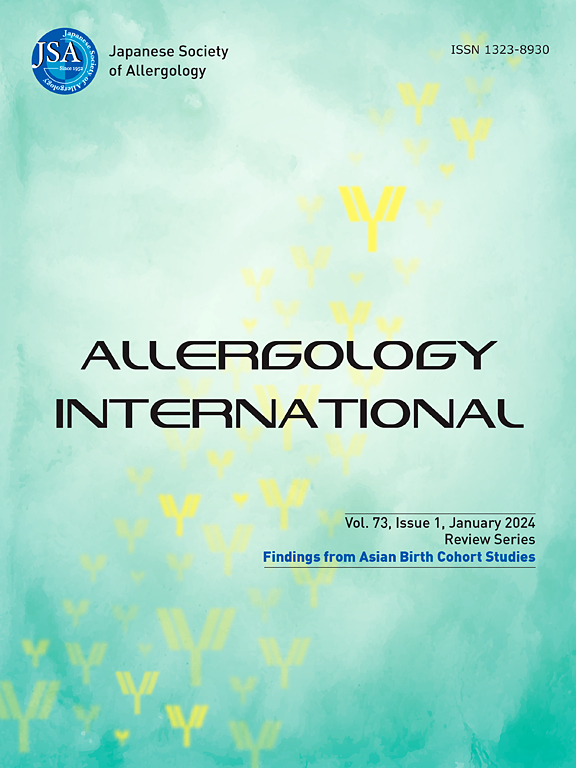黑箱优化在免疫学和超越:算法和未来方向的实用指南。
IF 6.7
2区 医学
Q1 ALLERGY
引用次数: 0
摘要
免疫系统是生物学中一些最复杂的挑战,包括非线性相互作用,高维调节机制,以及个体和环境之间的巨大差异。因此,传统的模型驱动方法在优化实验条件或治疗策略方面往往存在不足。黑箱优化方法——尤其是贝叶斯优化(BO)和进化算法(ea)——在机制理解不完整或难以理解的情况下,为指导生物发现提供了强大的工具。这些算法通过从嘈杂、昂贵和稀疏的数据中学习,迭代地提出信息丰富的实验,从而能够有效地探索广阔的实验空间。本文综述了黑盒优化方法及其在生命科学中的应用,重点介绍了免疫学和过敏症研究。我们详细介绍了黑盒优化如何改变生物医学研发的各个阶段,从分子设计(例如,抗体,肽)和基因电路调整到培养方案优化和患者特异性剂量调整。我们强调了关键的算法进展,包括约束、多目标、并行和高维BO,以及最近的发展,如灰盒优化和迁移学习。还讨论了实际考虑因素,例如软件工具和增强再现性的检查表。通过将黑盒优化与自动化实验平台和高通量生物系统集成,研究人员可以加速发现,个性化干预,并系统地优化复杂的免疫过程。我们认为,黑箱优化将成为生命科学实验设计和决策的基础组成部分,以越来越适应和可解释的方式将计算策略与生物洞察力联系起来。本文章由计算机程序翻译,如有差异,请以英文原文为准。
Black-box optimization in immunology and beyond: A practical guide to algorithms and future directions
The immune system presents some of the most complex challenges in biology, encompassing nonlinear interactions, high-dimensional regulatory mechanisms, and substantial variability across individuals and contexts. As a result, traditional model-driven approaches often fall short in optimizing experimental conditions or therapeutic strategies. Black-box optimization methods—particularly Bayesian optimization (BO) and evolutionary algorithms (EAs)—offer powerful tools for guiding biological discovery when mechanistic understanding is incomplete or intractable. These algorithms iteratively propose informative experiments by learning from noisy, expensive, and sparse data, enabling efficient exploration of vast experimental spaces. In this review, we provide a comprehensive overview of black-box optimization methodologies and their applications in life science, with a particular focus on immunology and allergy research. We detail how black-box optimization is transforming various stages of biomedical R&D, from molecular design (e.g., antibodies, peptides) and gene circuit tuning to culture protocol optimization and patient-specific dose adjustment. We highlight key algorithmic advances, including constrained, multi-objective, parallel and high-dimensional BO, as well as recent developments such as grey-box optimization and transfer learning. Practical considerations, such as software tools and reproducibility-enhancing checklists, are also discussed. By integrating black-box optimization with automated experimentation platforms and high-throughput biological systems, researchers can accelerate discovery, personalize interventions, and systematically optimize complex immunological processes. We argue that black-box optimization will become a foundational component of experimental design and decision-making in the life sciences, bridging computational strategies with biological insight in increasingly adaptive and interpretable ways.
求助全文
通过发布文献求助,成功后即可免费获取论文全文。
去求助
来源期刊

Allergology International
ALLERGY-IMMUNOLOGY
CiteScore
12.60
自引率
5.90%
发文量
96
审稿时长
29 weeks
期刊介绍:
Allergology International is the official journal of the Japanese Society of Allergology and publishes original papers dealing with the etiology, diagnosis and treatment of allergic and related diseases. Papers may include the study of methods of controlling allergic reactions, human and animal models of hypersensitivity and other aspects of basic and applied clinical allergy in its broadest sense.
The Journal aims to encourage the international exchange of results and encourages authors from all countries to submit papers in the following three categories: Original Articles, Review Articles, and Letters to the Editor.
 求助内容:
求助内容: 应助结果提醒方式:
应助结果提醒方式:


